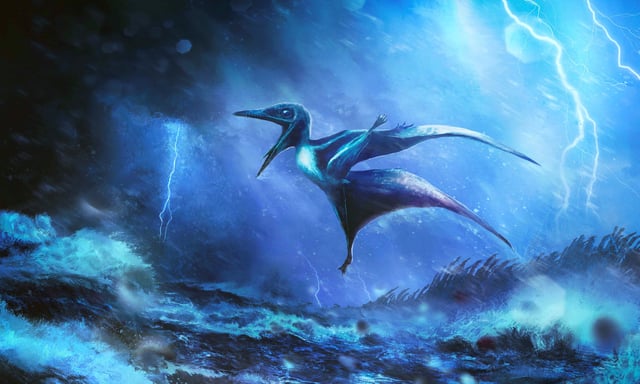Overview
- The peer‑reviewed research in Current Biology reexamines two juvenile Pterodactylus fossils from Bavaria and identifies identical diagonal breaks in the upper arm bone consistent with violent winds.
- Investigators infer the hatchlings were blown from the air, inhaled water, sank quickly, and were rapidly buried in storm beds that preserved delicate anatomy under oxygen‑poor conditions.
- The study argues this storm‑driven mortality helps explain why Solnhofen holds many small juveniles but few intact adults, reframing a long‑standing fossil record puzzle.
- The tiny fossils, only days to weeks old with wingspans under about 20 centimeters, indicate that pterosaurs were capable of powered flight shortly after hatching.
- Unearthed years earlier at separate localities and kept in different museum collections, the specimens provided rare, high‑quality evidence of trauma and taphonomy in Jurassic pterosaurs.
